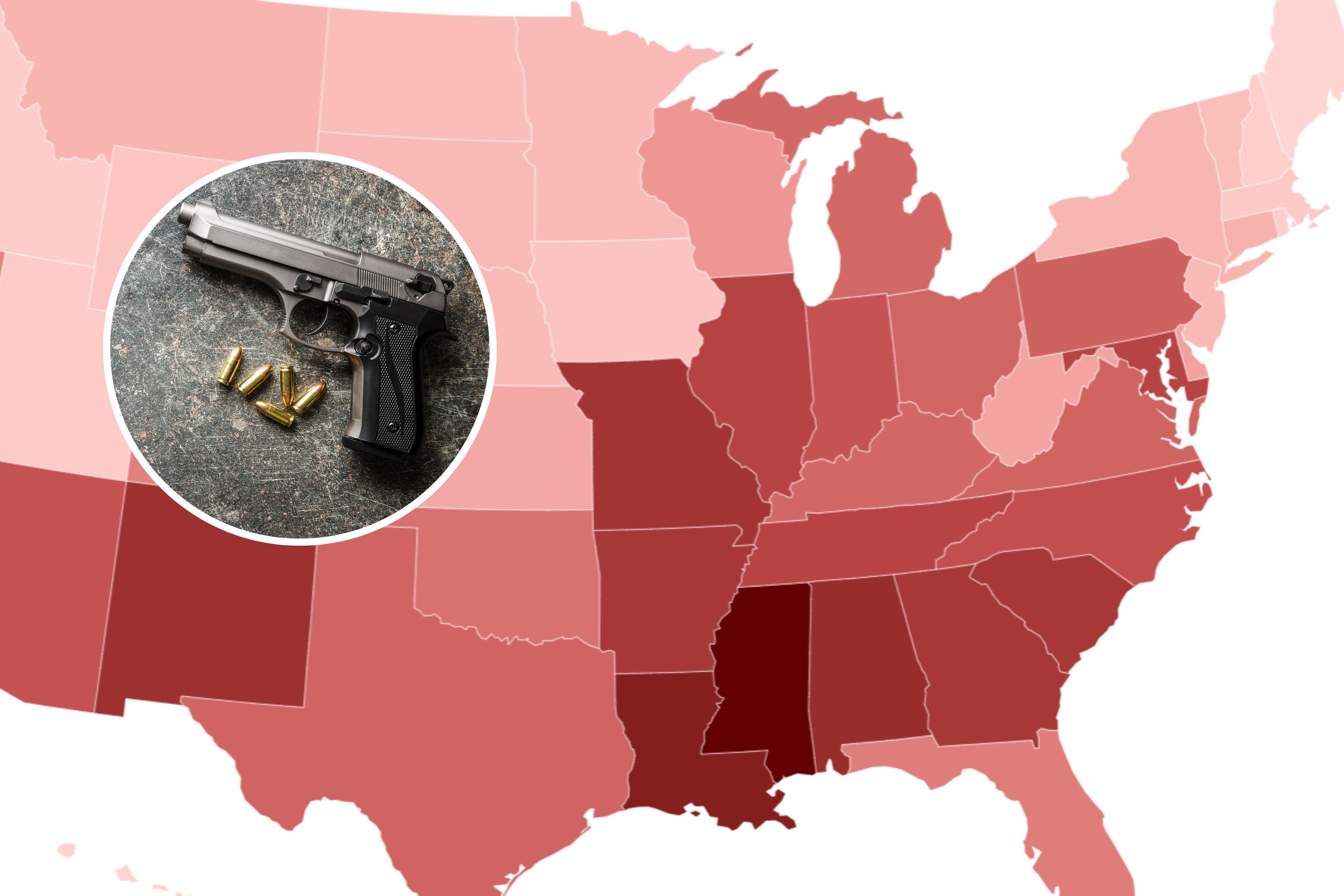Lake Mead's water levels will decline over the coming summer period, most recent water projections estimate.
Seasonal fluctuations like this are quite normal for the reservoir; however, due to the reservoir reaching record low levels in recent years, officials keep a close eye on them.
The 24-month "most probable" study released by the Bureau of Reclamation in May shows new estimations for the reservoir and how it will fare until April 2026.
As of May 17, Lake Mead's water level was 1,069.26 feet. The new projections estimate that it will be down to 1,067.14 feet by the end of the month and then decline further to 1,062.89 in June.
From there, the Bureau of Reclamation estimates water levels will continue to decline throughout the dry summer period, to 1,060.77 at the end of September. According to these projections, they will not rise again until December.

This however, completely depends on the amount of precipitation the region gets in this period.
Lake Mead is fed by the Colorado River, which gets its water from snowmelt coming down from the surrounding mountains. The reservoir is highly important to the region and holds water for 25 million people. However, in recent years, it has reached record low levels.
In July 2022, it reached 1,040 feet, the lowest point seen since it was first constructed in the 1930s.
This was during a period of prolonged drought conditions that gripped the Western United States. A lack of precipitation paired with an overconsumption of water meant the region was on the brink of a water crisis.
However, in 2023, a very wet winter period saw a record snowpack accumulate in the mountains. This meant that come spring, the reservoir received a much-needed influx of water.
Starting May 2023 at just 1,049 feet, the reservoir saw a sharp spike throughout the summer, reaching a peak of 1,066. The start of this year saw a steady rise in the reservoir, reaching a peak of 1,076 feet. However, since the end of February, it has been getting lower.
Despite the recent projections, climate change is making weather predictions very unpredictable. Although Lake Mead has recovered from the very low levels of 2022, experts note that more dry conditions could be around the corner.
Jennifer Pitt, the National Audubon Society's Colorado River program director, previously told Newsweek that the main problem remains the "supply-demand imbalance."
"Moreover, as climate change continues to shrink the Colorado River, the supply-demand imbalance will grow and the reservoirs will empty faster unless water users throughout the basin can figure out ways to use less," Pitt said.
"Colorado River decision-makers are currently trying to negotiate new rules for these reservoirs. Their success at balancing supply and demand will be essential to provide a secure water supply for every living thing that depends on this river."
Do you have a tip on a science story that Newsweek should be covering? Do you have a question about Lake Mead? Let us know via science@newsweek.com.
Uncommon Knowledge
Newsweek is committed to challenging conventional wisdom and finding connections in the search for common ground.
Newsweek is committed to challenging conventional wisdom and finding connections in the search for common ground.
About the writer
Robyn White is a Newsweek Nature Reporter based in London, UK. Her focus is reporting on wildlife, science and the ... Read more





